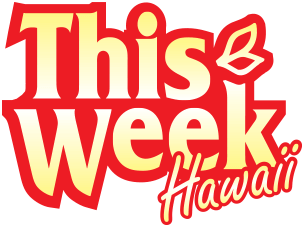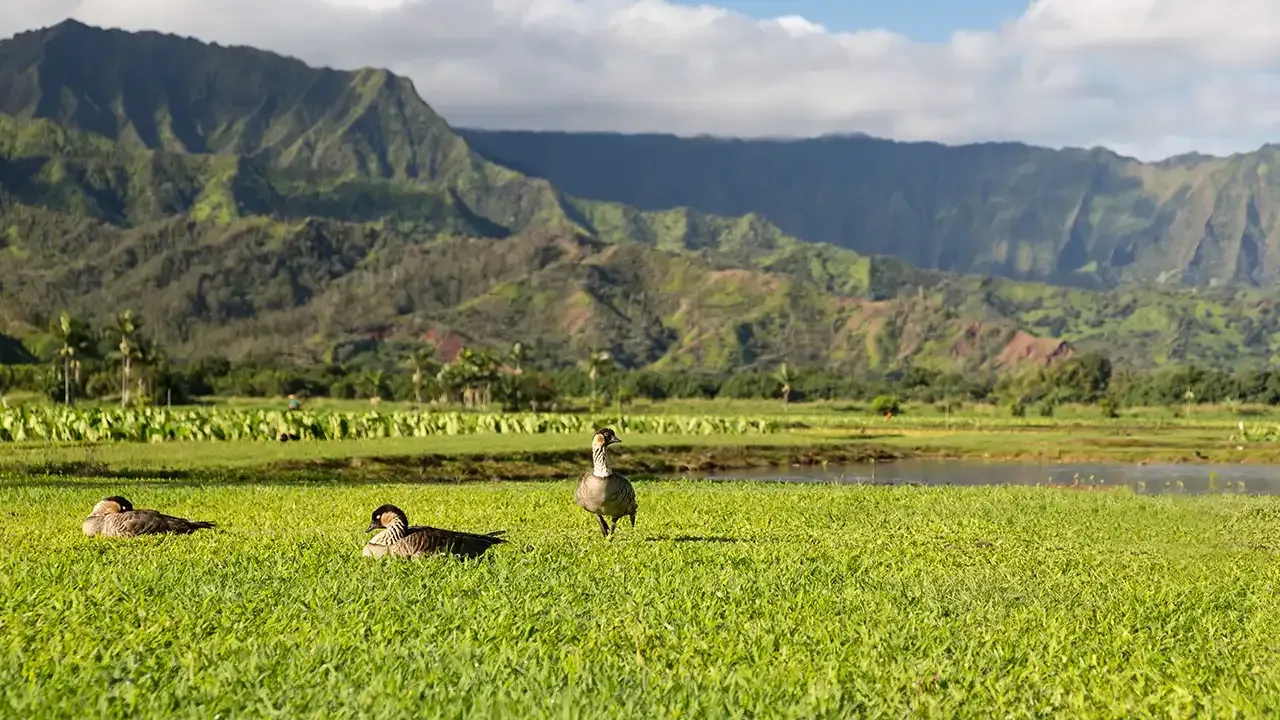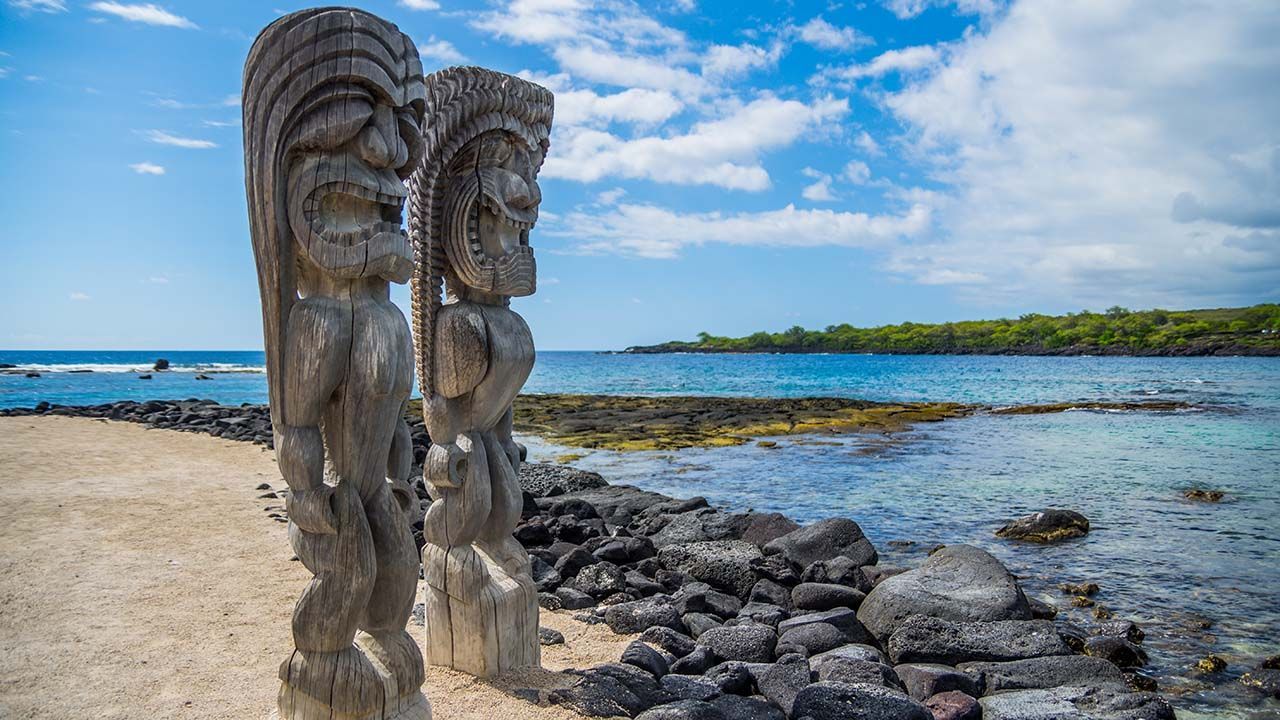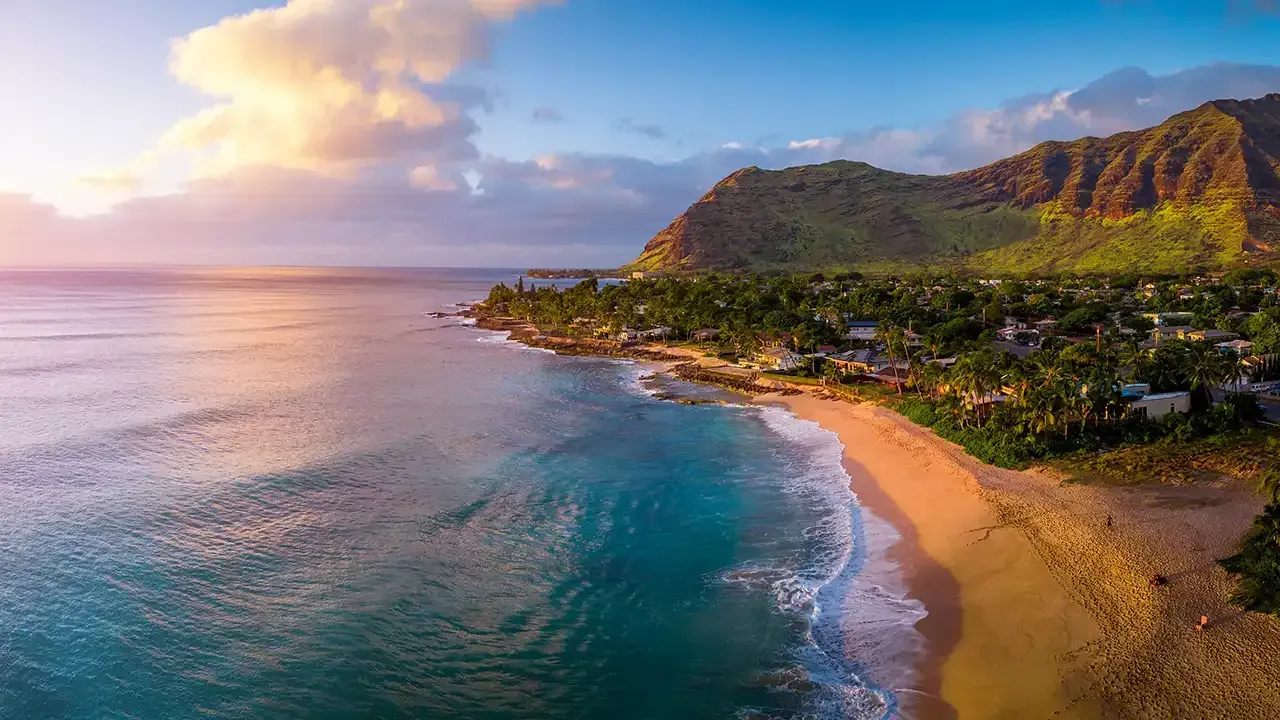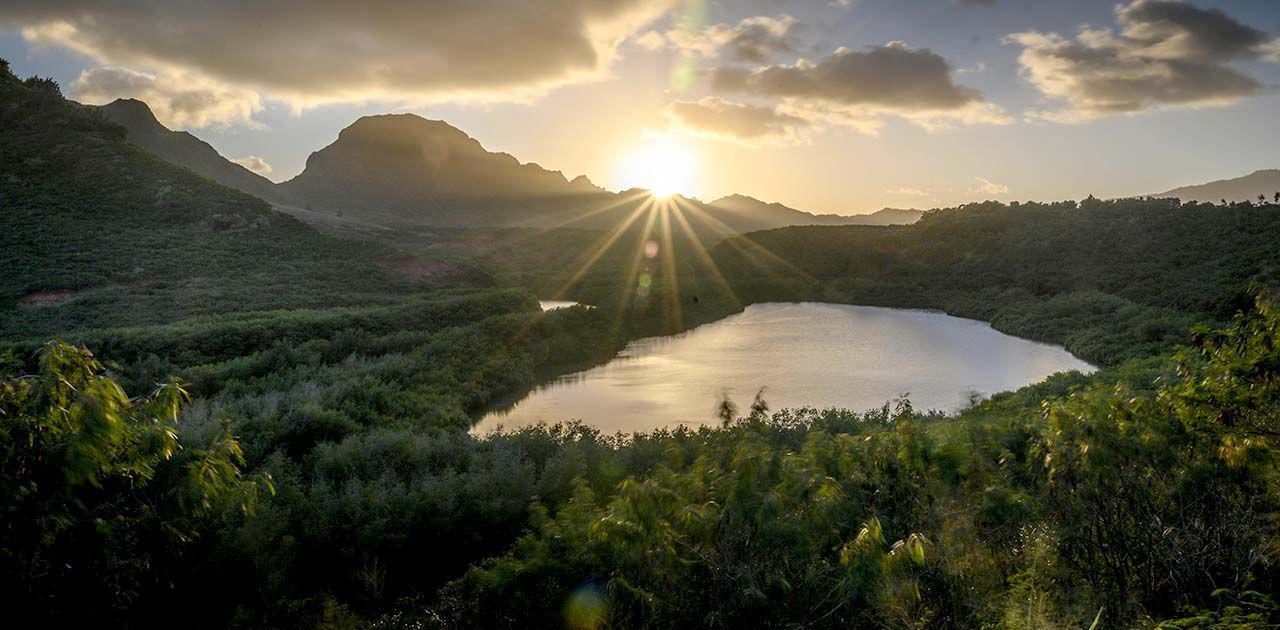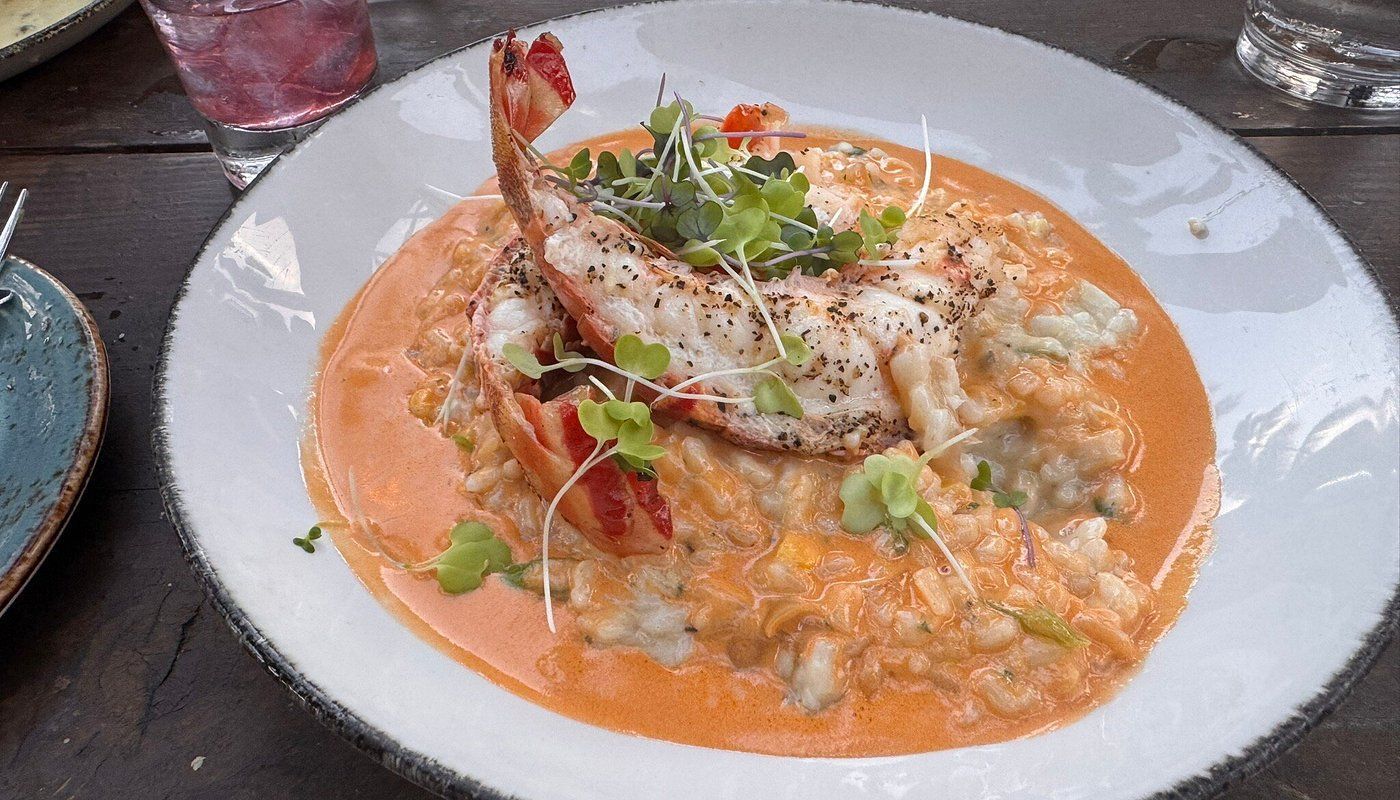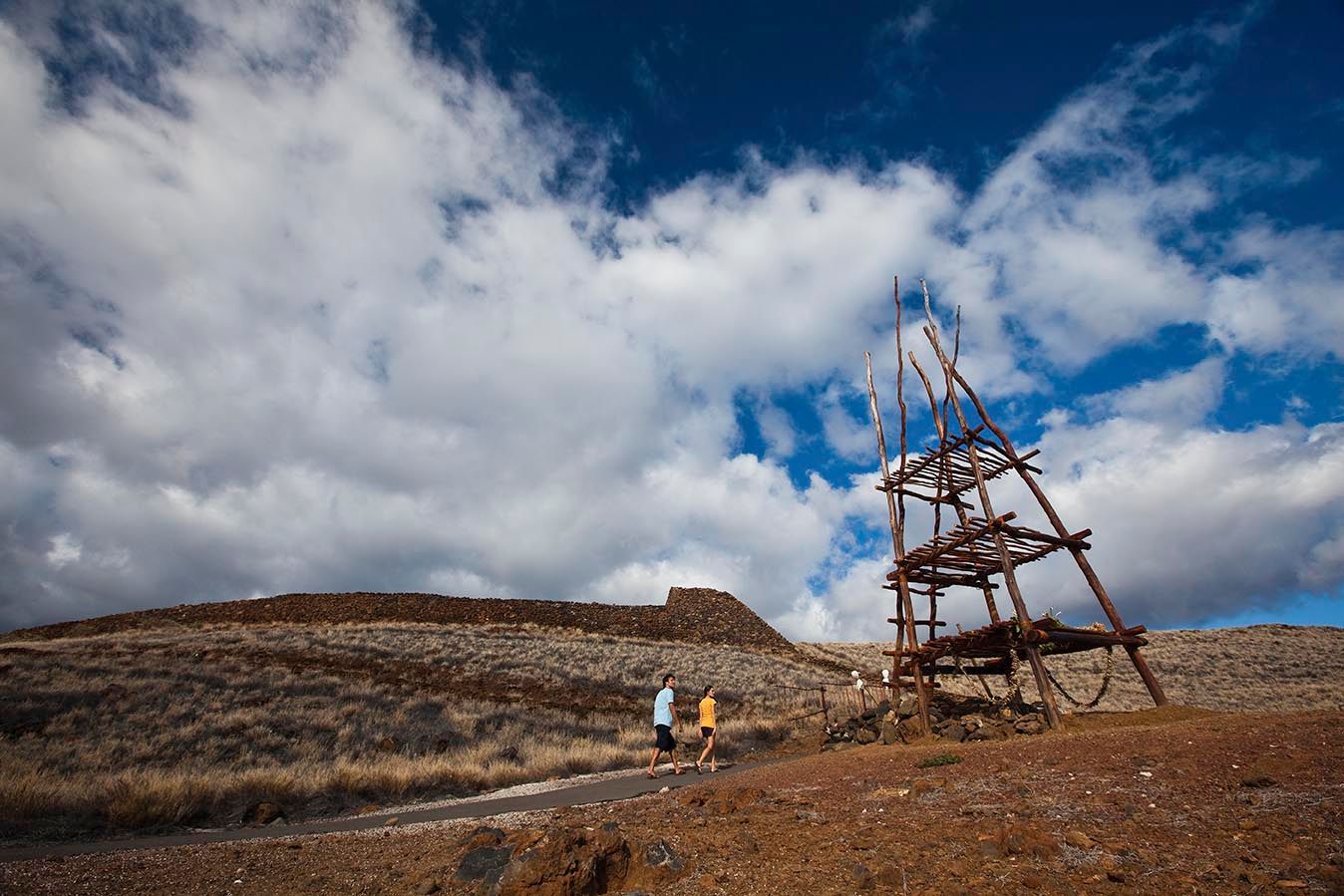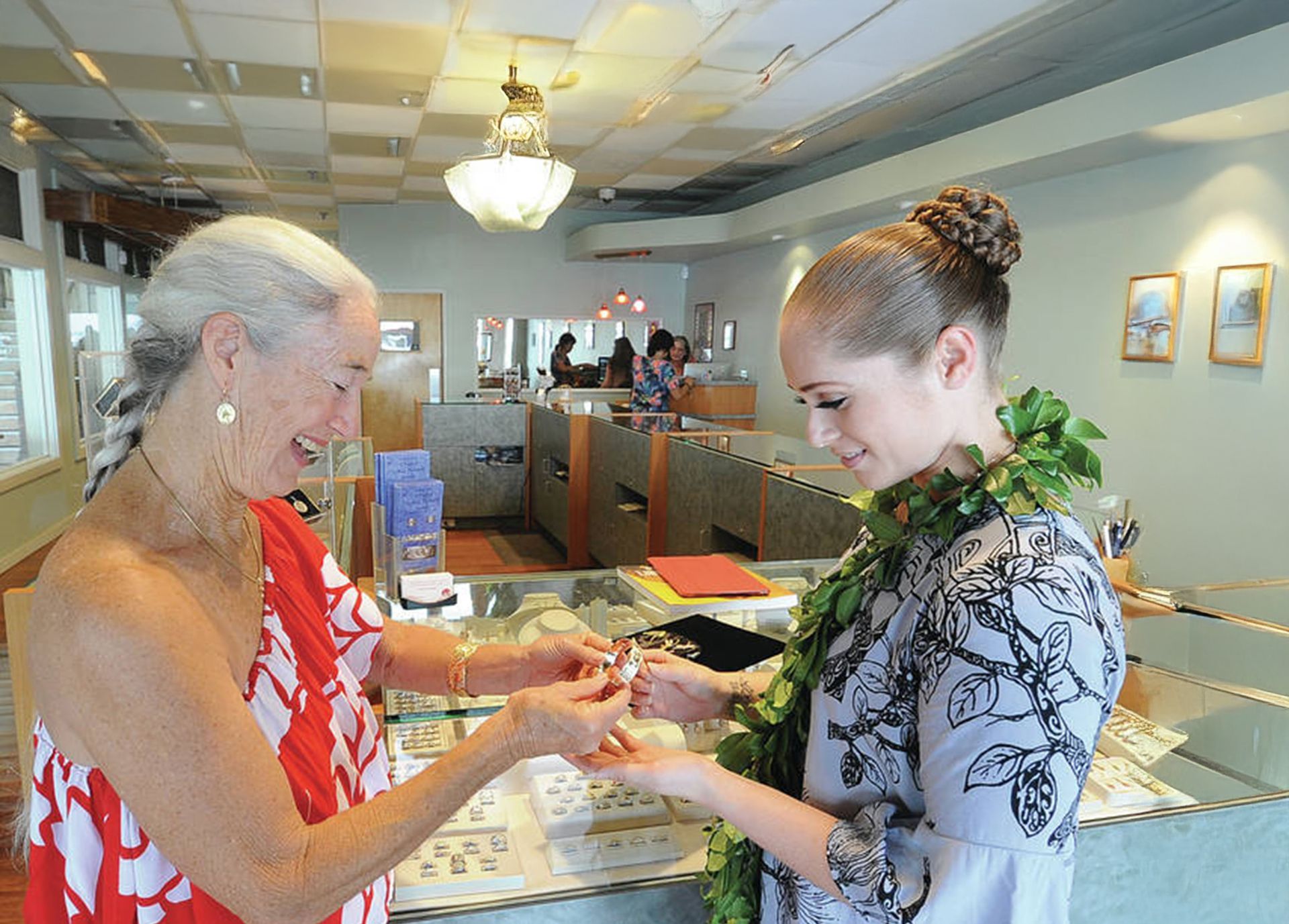Test Your Knowledge: 10 Pearl Harbor Attack Trivia Questions from the Aviation Museum

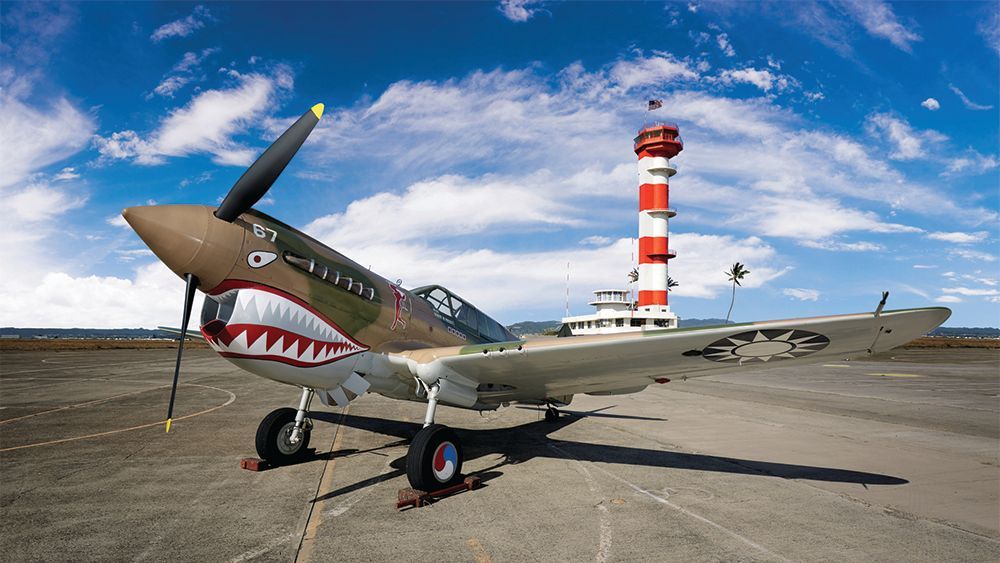
Ford Island, now a National Historic Landmark , is quiet today but it still shows the scars of war. In developing the master plan in the 1990s, the Navy consulted with the National Trust for Historic Preservation and the Historic Hawai‘i Foundation. The Navy agreed to protect several historic buildings and nearby grounds.
However, preserving these artifacts is outside the Navy’s primary mission, so an innovative method for adaptive reuse and preservation was required. Perhaps serendipitously, a group of concerned Hawai‘i citizens stepped forward with a solution and a plan to create a world-class aviation museum in the historic hangars that survived the attack that initiated the US effort in World War II. Today the Pearl Harbor Aviation Museum sits on the 441-acre Ford Island.
Before you visit this historical treasure, test your Pearl Harbor knowledge with this ten question quiz (answers at the end):
1. Which day of the week did the Imperial Japanese Navy attack Pearl Harbor?
a) Friday
b) Saturday
c) Sunday
d) Wednesday
2. What type of Japanese fighter plane led the attack?
a) Tora
b) Samurai
c) Kate
d) Zero
3. How many US planes succeeded in getting airborne during the attack?
a) 2
b) 5
c) 14
d) 26
4. How many American aircraft were destroyed during the attack?
a) 17
b) 85
c) 188
d) 339
5. What did the Imperial Japanese Navy call the Pearl Harbor invasion?
a) Operation Z
b) Potsdam
c) Code Pac
d) Sleeping Giant
6. What famous Morse Code message did air attack commander Mitsuo Fuchida transmit to his other Japanese air fighter pilots?
a) Banzai
b) Samurai
c) Tora tora tora
d) Blitz
7. How many Imperial Japanese fighter planes were shot down?
a) 0
b) 7
c) 19
d) 29
8. On which island did a Japanese pilot crash land during the invasion?
a) Maui
b) Ni‘ihau
c) Kaua‘i
d) Midway Atoll
9. How far did the Japanese planes fly to attack Pearl Harbor?
a) 50 Miles
b) 110 Miles
c) 230 Miles
d) 340 Miles
10. How many American aircraft carriers were destroyed in the attack?
a) 0
b) 2
c) 7
d) 9
Now let’s see how you did!
Answers:
1. c) The Japanese Imperial Forces theorized that early Sunday morning was an ideal time to strike, believing that American forces would be at their most vulnerable.
2. c) The Nakajima B5N2 “Kate” Torpedo Bomber dropped the first bombs over Ford Island. The Kate’s torpedoes would go on to sink the USS Utah. This Japanese aircraft was superior in speed and capabilities to any U.S. aircraft at the beginning of the war. The Kate on display at Pearl Harbor Aviation Museum was pulled from the jungle following the war and is in a pre-restoration configuration.
3. c) A total of 14 American pilots were able to take off from Bellows, Wheeler, and Hale‘iwa Air Fields. Six of the pilots were wounded or killed in action. Lts. Kenneth Taylor and George Welch took off from Hale‘iwa during the first wave, landed at Wheeler and took off again when the second wave began. They had a total of six confirmed kills between them.
4. c) The exact number is debated but 188 is generally accepted. It is dependent on the definition of destroyed versus damaged.
5. a) It was also referred to as the “Hawai‘i Operation” and “Operation AI.”
6. c) “To” was to signal the attack; “to ra” was to indicate the attack had been a surprise. The message was repeated three times in Morse Code to ensure that it had been received.
7. d) Nine were lost in the first attack; 20 in the second.
8. b) A Zero, flown by Airman First Class Shigenori Nishikaichi, was damaged in the attack on Wheeler Air Force Base. He flew to Ni‘ihau, which was designated as a rescue point. Nishikaichi was subsequently killed in what became known as the “Ni‘ihau Incident.”
9. c) Six aircraft carriers sailed undetected for 4,000 miles to launch the attack. The Imperial naval strike force remained stationed 230 miles north of O’ahu during both waves of the attack.
10. a) The U.S. had three aircraft carriers in the Pacific at the time; all three were out to sea on maneuvers. The Japanese thought that battleships were going to be the deciders of WWII. Eight battleships were damaged or destroyed.
